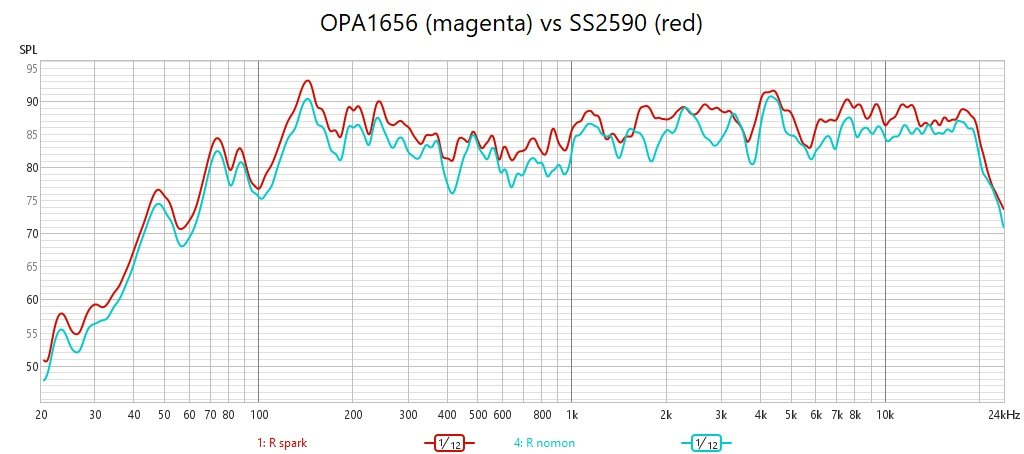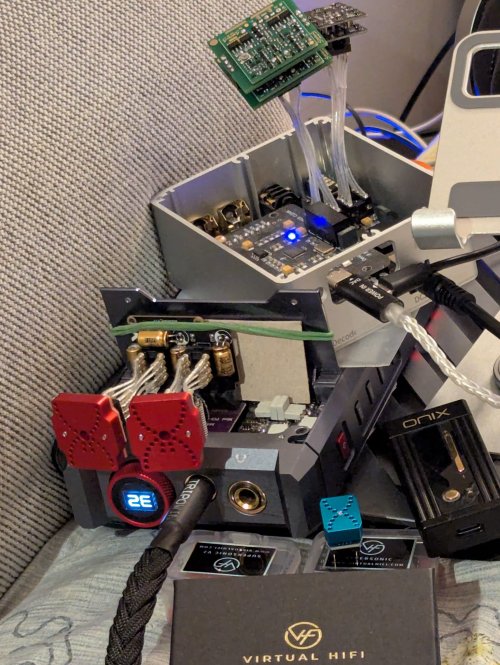I have nothing against headphones, after all they were my most important tool in my recording years, besides the Nagra and the Sennheiser microphones!
But I think a good amplifier + speaker system, on a good listening space, is hard to beat by any headhone in audio qualities.
Rarely do I listen to headphones nowadays, maybe during flying or travelling by bus, so my concern is mostly for line amplification. Demands are less than headphone amps, you don't really need output transistors, besides those inside the IC.
What do you mean by "active ground"? The one you have to make when using single supplies, like batteries?






















